How to Choose the Right DC Surge Protection Device for Your Needs
In the ever-evolving landscape of renewable energy and electrical systems, the importance of safeguarding your equipment from voltage surges cannot be overstated. According to John Smith, a leading expert in the field of DC surge protection devices, “Selecting the right DC surge protection device is crucial for maintaining the integrity and longevity of your system.” With the increasing reliance on DC-powered devices across various industries, understanding how to choose the most appropriate surge protection device can significantly impact performance and reliability.
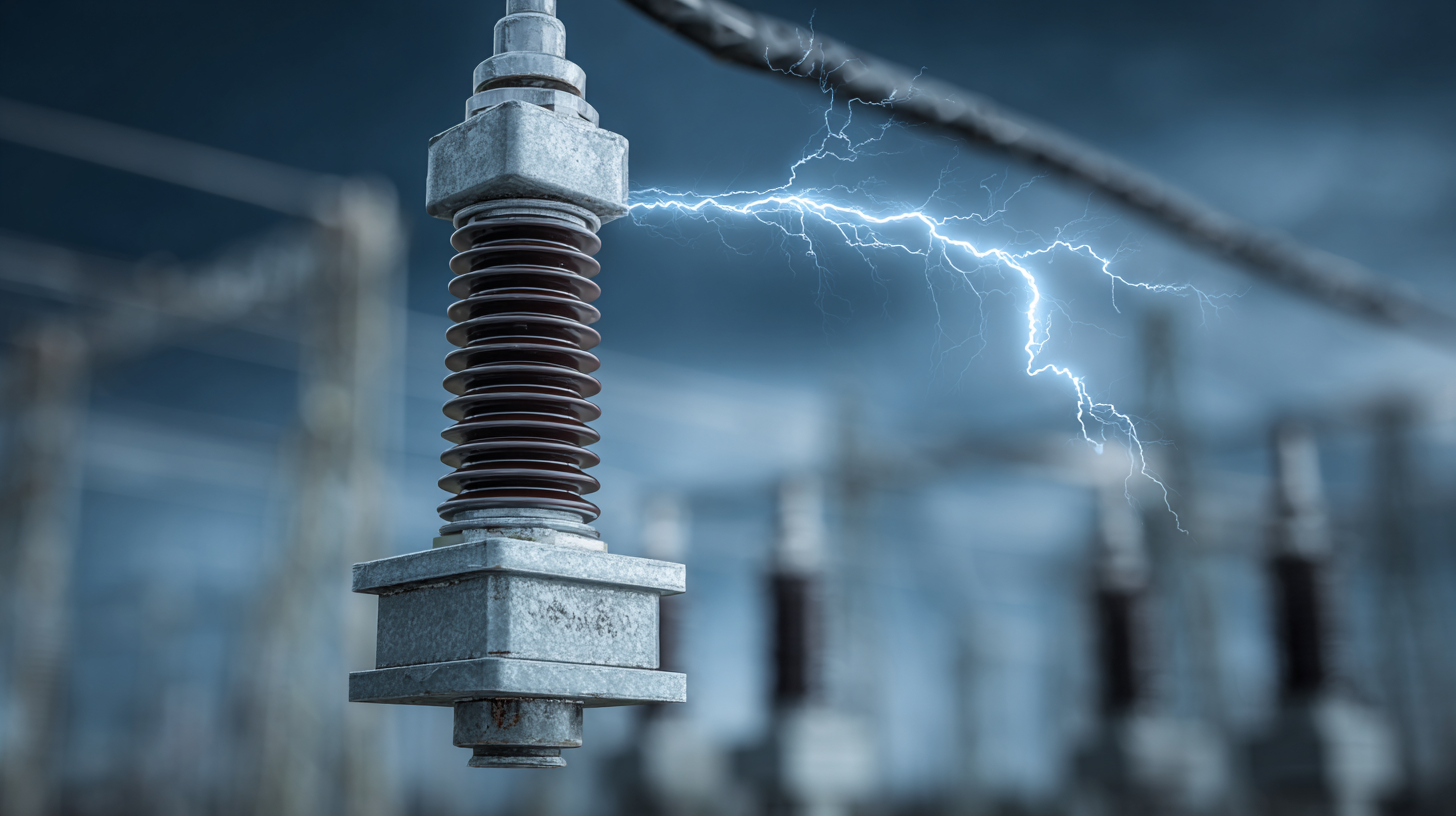
In this article, we will delve into the critical aspects of selecting a DC surge protection device that meets your specific needs. Factors such as voltage rating, response time, and installation requirements will be highlighted to ensure that you make an informed decision. By examining the top five options available on the market, we aim to equip you with the knowledge required to protect your investments and enhance operational efficiency. Stay tuned as we explore the essential features and considerations that will guide you toward the ideal DC surge protection solution for your applications.
Understanding the Importance of DC Surge Protection Devices
DC surge protection devices (SPDs) play a pivotal role in safeguarding electronic systems from voltage surges, which can result from lightning strikes, power fluctuations, or other transient events. According to a report by the International Electrotechnical Commission (IEC), electrical surges can exceed 6,000 volts, posing significant risks to sensitive equipment. In environments where renewable energy sources like solar panels are employed, the importance of reliable surge protection becomes even more pronounced. Research indicates that without proper DC surge protection, there can be a failure rate of up to 30% in solar inverter systems due to voltage spikes.
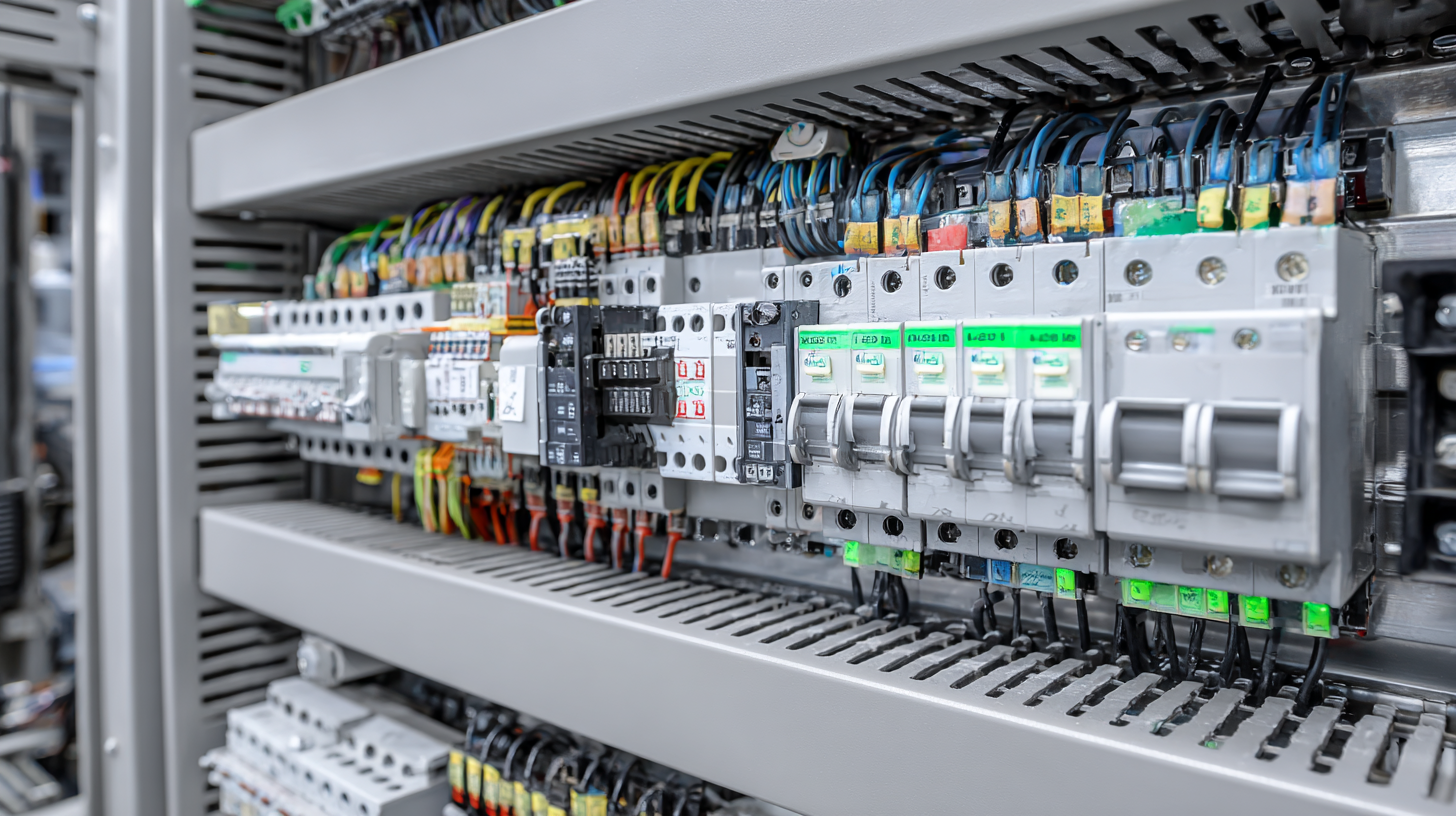
Furthermore, the longevity and efficiency of DC systems highly depend on the protective measures installed. The National Renewable Energy Laboratory (NREL) found that systems equipped with robust SPDs not only experienced fewer operational disruptions but also maintained higher energy outputs. For instance, implementing DC surge protection can contribute to a 20% increase in the lifespan of solar inverters. As the adoption of DC electrical systems continues to grow, understanding the nuances of surge protection will be crucial for optimizing performance and preventing costly downtime.
Key Factors to Consider When Choosing a DC Surge Protector
When selecting a DC surge protection device, several key factors must be taken into account to ensure optimal protection and performance for your specific needs. Foremost among these considerations is the voltage rating of the device, which must match the operational demands of your system. Additionally, understanding the energy absorption capacity is crucial, as this indicates the amount of surge energy the protector can withstand without failure. This is particularly vital in environments where power fluctuations are common, as inadequate protection can lead to significant equipment damage.
Another important factor is the response time of the DC surge protector. Devices with faster response times can mitigate surges more effectively, thus minimizing potential disruption to sensitive equipment. Industry projections suggest that the global automotive surge absorber market, which highlights the rising concern over surge protection, will grow significantly, indicating an increasing awareness of these protective measures. From a broader perspective, the market for uninterruptible power supplies (UPS) is also burgeoning, emphasizing that effective surge protection plays a pivotal role in maintaining operational continuity during power outages, which can be detrimental to equipment functionality and reliability.
How to Choose the Right DC Surge Protection Device for Your Needs
| Criteria | Description | Importance | Recommended Value |
|---|---|---|---|
| Voltage Rating | The maximum voltage the device can handle without failing. | High | At least 20% higher than the operating voltage |
| Surge Current Rating | The amount of surge current the device can absorb during an event. | High | 10 kA or higher |
| Response Time | The time it takes for the surge protector to activate. | Medium | Less than 100 nanoseconds |
| Mounting Type | How the device is installed—panel, DIN rail, etc. | Low | Based on installation space |
| Certification | Standards met by the device (UL, IEC, etc.). | High | Look for appropriate certifications |
Top Features to Look for in a Surge Protection Device
When selecting a DC surge protection device (SPD), it's essential to identify the key features that will best suit your needs. First and foremost, consider the voltage rating of the SPD. Ensure that it matches or exceeds the operating voltage of your system to prevent it from failing under normal conditions. Additionally, look for a device with a suitable continuous operating voltage (COV), which indicates how well the SPD can handle the varying voltage levels while protecting your equipment.
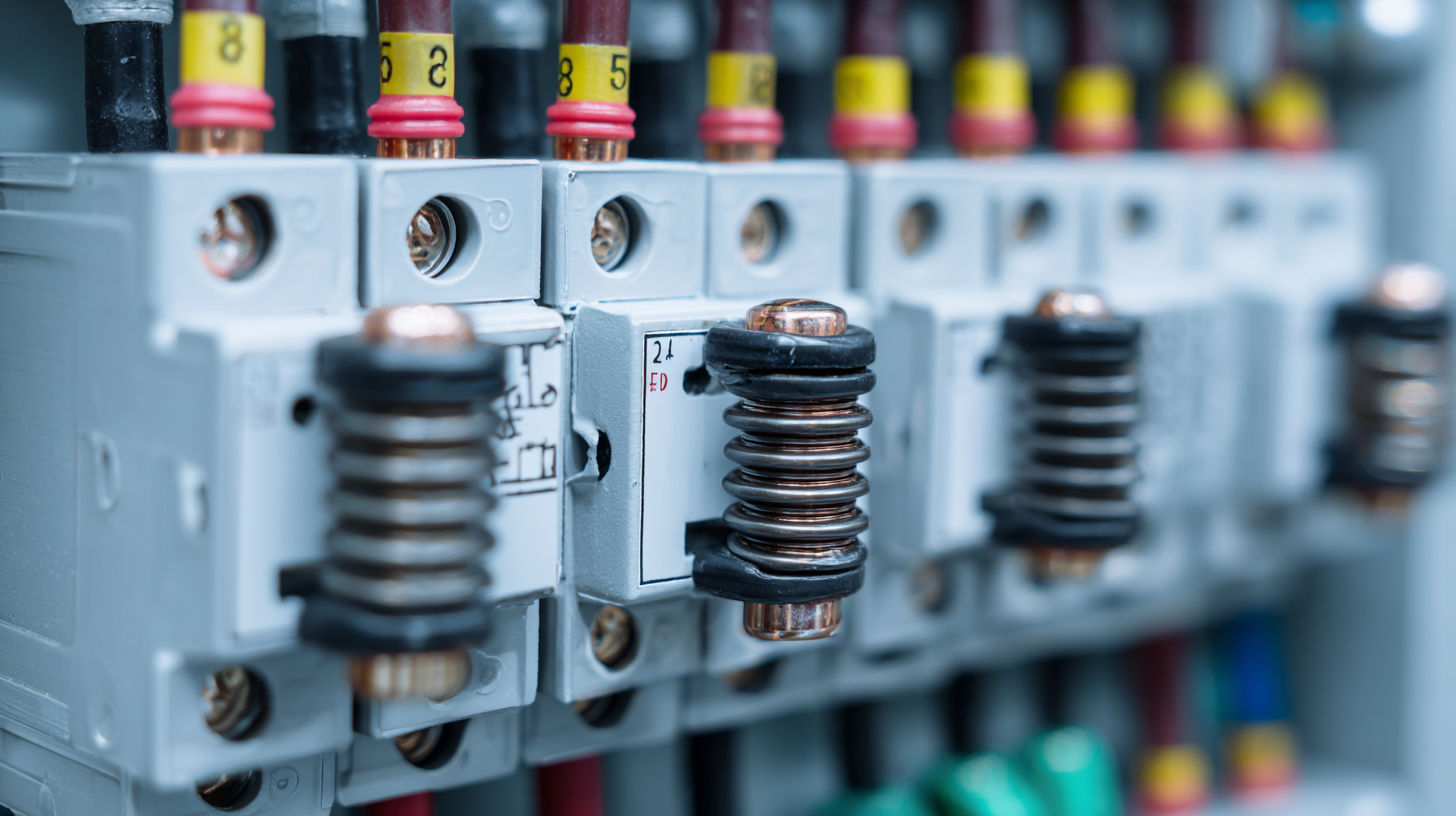
Another critical feature to assess is the surge current capacity. This specification reveals how much energy the device can absorb during a surge event. A higher surge current rating means better protection for your equipment. Furthermore, examine the response time of the SPD, as a fast response time is crucial in mitigating damage from transient voltage spikes. Lastly, consider the device's form factor and installation requirements, ensuring that it fits conveniently into your system without complicating your setup.
Comparing the Best DC Surge Protection Devices of 2025
When selecting the best DC surge protection device for your application, understanding the landscape of available options in 2025 is crucial. Data from the latest industry reports indicate that the global market for surge protection devices is projected to reach $2.38 billion by 2025, with DC surge protectors taking a significant share due to the increase in renewable energy installations. With this growth, several manufacturers have introduced advanced solutions tailored for solar and wind energy systems, which are more susceptible to surges.
Among the top-rated devices, the DITEK DTK-DC480 and Schneider Electric's Acti9 series have received praise for their efficient performance and reliability in high-stress environments. Recent studies show that the failure rate of solar inverters caused by surges can be reduced by up to 75% when proper surge protective measures are implemented. Additionally, the rising adoption of electric vehicles and associated charging stations heightens the need for robust DC surge protection. Brands that prioritize Fast Response Times (FRT) and high Energy Absorption Capacity (EAC) are emerging as the preferred choices for consumers, ensuring that systems remain operational under adverse conditions.
Installation and Maintenance Tips for DC Surge Protectors
When choosing the right DC surge protection device (SPD) for your solar energy systems, proper installation and maintenance are crucial to safeguarding your equipment from voltage surges. Given that solar arrays are increasingly susceptible to surges from lightning strikes and sudden voltage spikes, employing effective surge protection can significantly enhance the longevity and reliability of your system. Reports indicate that over 80% of solar system failures can be traced back to inadequate surge protection measures, emphasizing the importance of choosing the right SPD.
Installation should be conducted by certified professionals who understand the intricacies of DC systems. According to industry data, improper installation can lead to a 50% reduction in the effectiveness of surge protectors. It is also advisable to conduct regular maintenance checks to ensure that your surge protection devices are functioning as intended.
Routine inspections can help identify any wear or damage and ensure that components are not compromised, which is essential for maintaining the safety and efficiency of both residential and commercial solar installations.
Related Posts
-
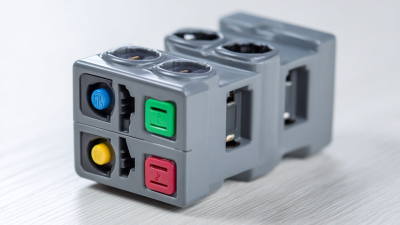
Top 10 Surge Protective Devices for Home and Office Use to Ensure Your Electronics Safety
-

Understanding the Key Differences Between Types of Vacuum Circuit Breaker Technologies
-
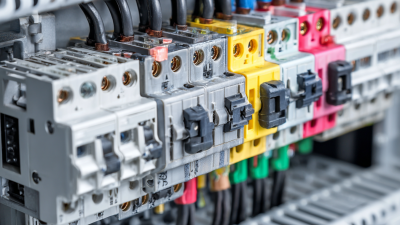
Understanding DC Circuit Breakers: Key Specifications and Their Impact on Renewable Energy Systems
-
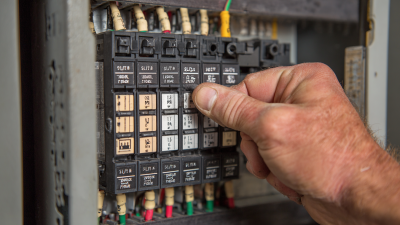
9 Essential Tips for Choosing the Right Home Circuit Breaker
-

Ultimate Guide to ACB Breaker Selection and Maintenance for Optimal Performance
-
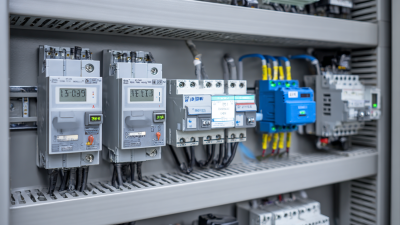
Understanding the Importance of Motor Protection Relay in Electrical Safety Systems








